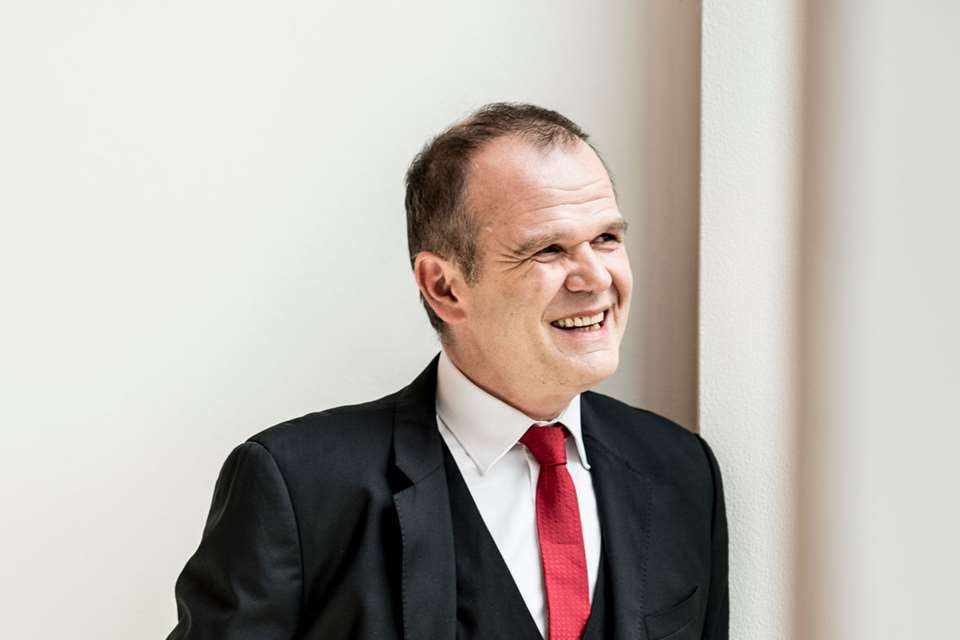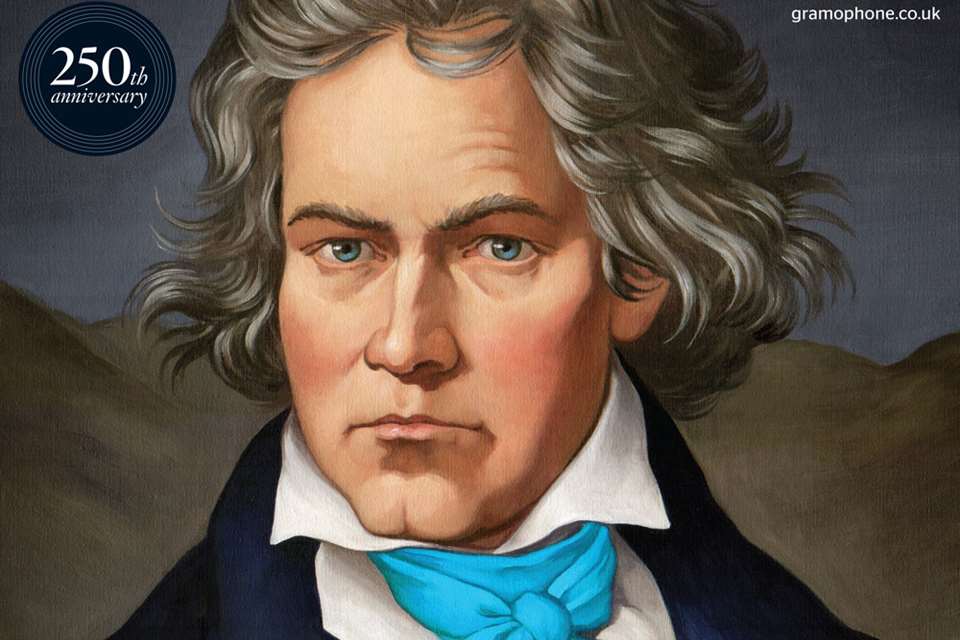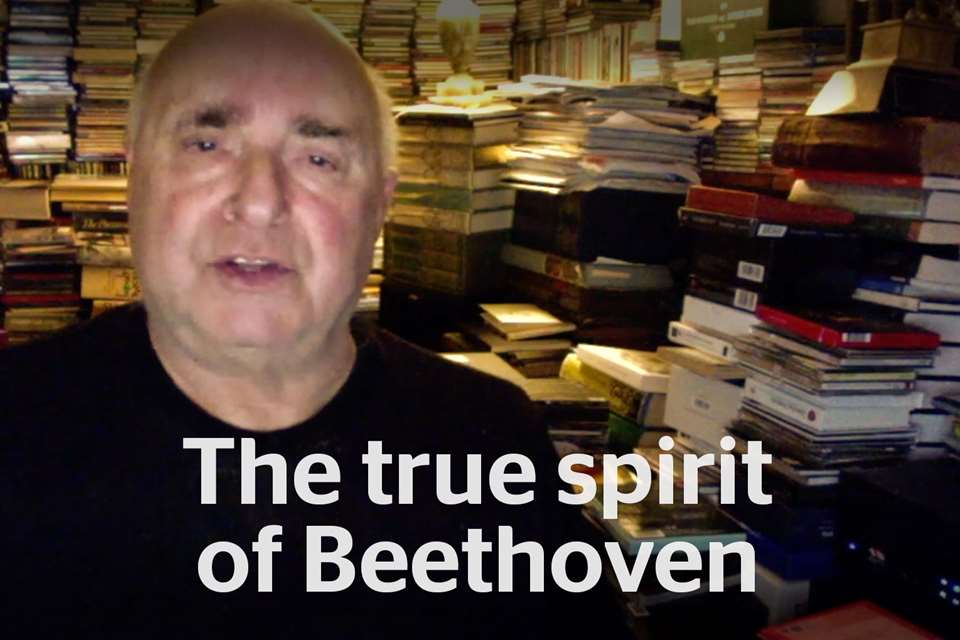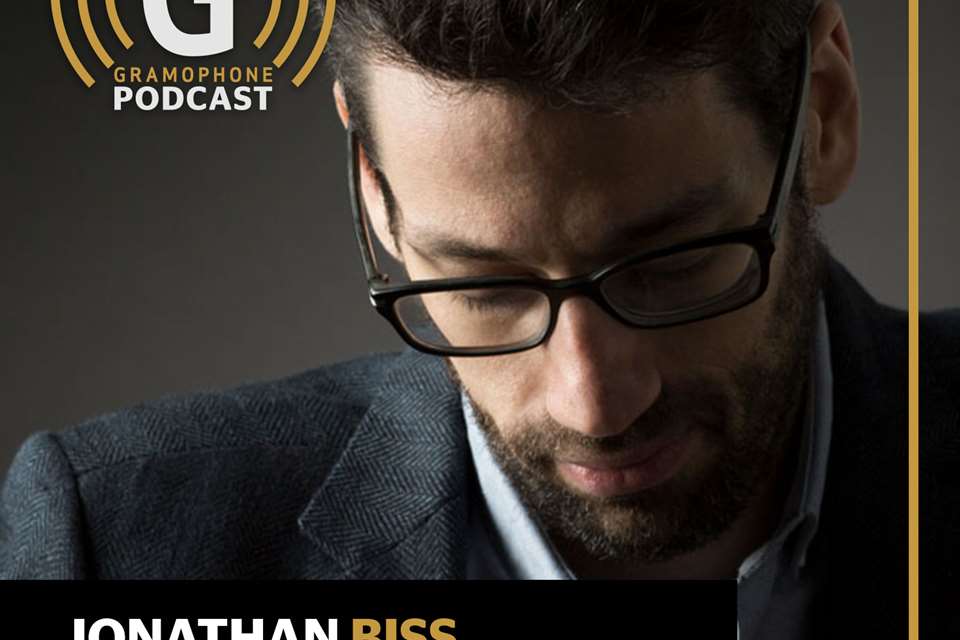Preserving Beethoven's Legacy
Richard Osborne
Thursday, February 6, 2020
Since the arrival of the gramophone, the range and interpretative possibilities of Beethoven’s music have been revealed as never before, writes Richard Osborne
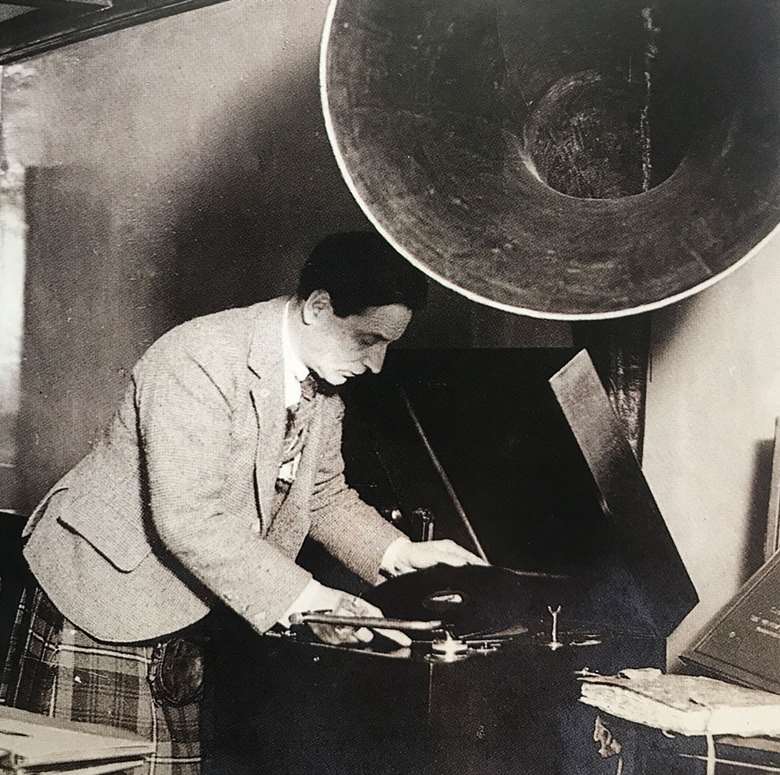
Register now to continue reading
Thanks for exploring the Gramophone website. Sign up for a free account today to enjoy the following benefits:
- Free access to 3 subscriber-only articles per month
- Unlimited access to our news, podcasts and awards pages
- Free weekly email newsletter




